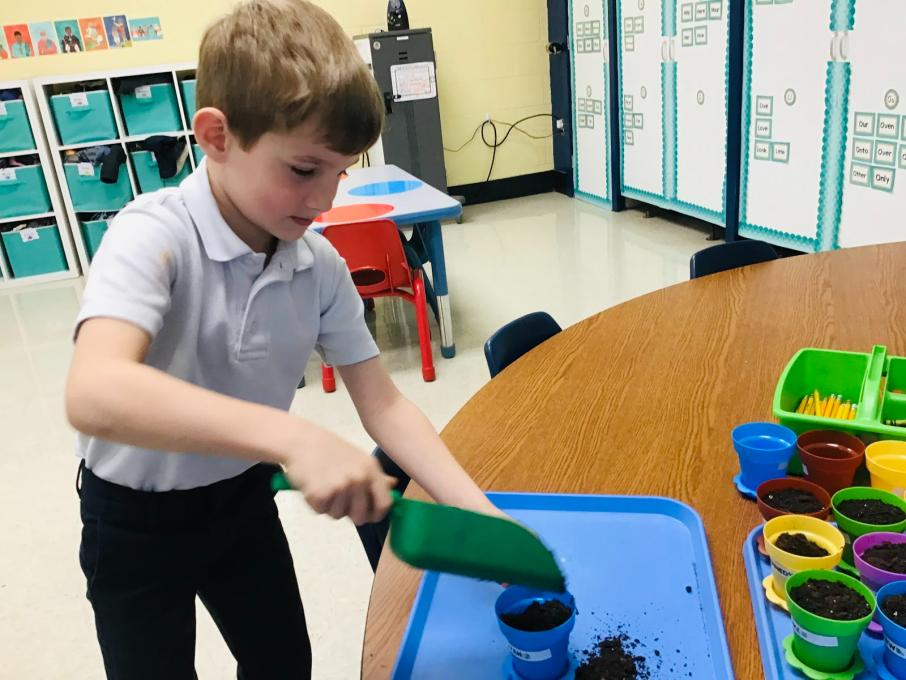Erin
Forum Replies Created
Viewing 17 posts - 1 through 17 (of 17 total)
-
ErinParticipantMy biggest goal as an educator right now is to get my students outside for bird watching. Through bird watching, I know that my students will enhance their observational skills and develop a stewardship for nature. I can't wait to try each and every activity discussed in this course with my students. As the Kratt brothers say, "see ya on the creature trail!"
 1st Graders Bird Watching! in reply to: Time to Reflect #1007680
1st Graders Bird Watching! in reply to: Time to Reflect #1007680 -
ErinParticipantGrowing up, my favorite television shows were Zoboomafoo and Bindi The Jungle Girl. The Kratt brothers and Bindi discussed in-depth the importance of taking care of the Earth and wildlife. It was through them that I learned how important nature was and why we needed to take care of it. The Kratts and Bindi explained conservation in a way that encouraged you to make a difference in your own community. I inspire my own students' stewardship of nature through read-alouds, explicit lessons on the consequences of pollution, and by getting them outside whenever possible!

 in reply to: Make an Impact Together #1007639
in reply to: Make an Impact Together #1007639 -
ErinParticipantAs a teacher, my current favorite ways to get outside with my students are either going out to our class garden or going bird watching. Birds provide an opportunity for students to observe and ask questions about their behaviors. Animals and wildlife in general makes me the most curious! I often want to know why animals act the way they do. Through discovery, I have often found that there is a reason!
 American Robins-Worthington, OH in reply to: Work on Your Beginner Mindset #1007156
American Robins-Worthington, OH in reply to: Work on Your Beginner Mindset #1007156 -
ErinParticipantOne tip that stood out to me in particular was Becca Rodomsky-Bish's idea to combine nature and imagination. When outside watching my students at recess, I often observe that the students will use rocks, twigs, branches, or even leaves to create something unique or to use it for pretend. As a first grade teacher, I believe this is the biggest motivation for my students and their desire to stay outside. Alum Creek Shoreline Treasures
 in reply to: Building Enthusiasm for Getting Outside #1006826
in reply to: Building Enthusiasm for Getting Outside #1006826 -
ErinParticipantWhen thinking about my love for nature, I immediately think back to my childhood as to where my love stemmed. From the time I was a baby to starting kindergarten, my nanny would take my twin sister and I to the metro park 5 minutes from our house almost every day. It was there that I fell in love with the leaves, animals, the sounds of trees swaying, and just the smell of "outdoors". I have fond memories of running in the meadows and walking the nature trails. Aside from constantly going to the park, my family were regular visitors to the Columbus Zoo. It was there that I learned early on the importance of conservation and protecting all living things big and small. Often as a child, I would have rather been outside riding my bike and roaming the woods than playing dress-up or dolls inside. These memories bring me nothing but pure happiness. As a teacher, my goal is to guide students in fostering this same love for nature, animals, and the outdoors. During this school year, I simply hope to be outside with the students more and let them LEARN while doing so. I want them to ask questions, evoke their senses, and conduct investigations.

 Blendon Woods Metro Park (Columbus, Ohio) in reply to: Remembering Your Moments in Nature #1006825
Blendon Woods Metro Park (Columbus, Ohio) in reply to: Remembering Your Moments in Nature #1006825 -
ErinParticipantI often assess inquiry-based projects on observation, participation, and student effort inputted into the project. When designing the project or activity, I always try to provide students with the equal amount of resources, assistance, and information needed to complete the assignment. Through student observation and guidance, I am able to determine if students are successful in working through the inquiry process. I realize that not every teacher can do this, but I determined what I believe is best for my first graders. Often the biggest obstacle I run into is that students want to rush through the learning process and not take their time. Therefore, much of my assessment is on student craftsmanship and their dedication to inquiry.
 First Grade Digital Book on Northern Cardinals in reply to: Sharing Student Projects #1006009
First Grade Digital Book on Northern Cardinals in reply to: Sharing Student Projects #1006009 -
ErinParticipantAlthough this challenge may not seem common to most, I often struggle as a teacher to guide first-graders in demonstrating proper behavior and listening skills when leading inquiry-based activities. As young students, they are eager to use materials and share their thoughts out-loud with others. They are still learning the importance of being patient and stopping to reflect on their learning. After some of my own reflection, I have developed different strategies to tackle student behavior during these activities. First, I set clear expectations for the students. Next, I make sure to model proper scientist behavior and I explain the importance of doing so. Lastly, I reiterate with the students the importance of what we are investigating and why.
 First Graders Learning All About Hawks! in reply to: Assessing Investigations – Classroom Case Study #1005936
First Graders Learning All About Hawks! in reply to: Assessing Investigations – Classroom Case Study #1005936 -
ErinParticipantSince I am currently using this citizen-science project with my students, I chose to do more research on Project FeederWatch (Cornell Lab of Ornithology). As Jen shared in the video, this project allows citizens (and students) to monitor bird eating habits during winter months. An inspiring scientist can monitor how many birds, including what kind, come to their feeder and more. The Project FeederWatcher website allows anyone to access data regarding what has been reported in the past. For example, when clicking on the top 25 birds inputted for Ohio during last year's season, you can see that a Northern Cardinal was #1. Someone who had not participated in the project could easily use the data to support their own research. Students could have access to the to the information with adult or teacher supervision. There are numerous ways that my students could use this data to conduct their own investigation. For example, my students could use the "Bird Summaries By State" data to correlate the type of birds seen and how much or what type of seed is eaten.
 1st Grade School Garden & Feeders in reply to: Data Literacy Through Citizen Science #1005558
1st Grade School Garden & Feeders in reply to: Data Literacy Through Citizen Science #1005558 -
ErinParticipantSince I teach first grade, I have often found that the best strategy when encouraging curiosity or questioning is to model or show by demonstration. For example, I might say, "I wonder why the bird is behaving that way". By doing this, I am modeling my thinking and doing it out loud. I also inspire deeper observational and experimental questions by explaining to students that there is no right or wrong answer. As shared in previous discussion, I also explicitly teach the students the difference between an open-ended question and one that is closed or can be determined through basic research.
 Project Wild Activity, Ant Thumbprints in reply to: Launching Investigations #1004135
Project Wild Activity, Ant Thumbprints in reply to: Launching Investigations #1004135 -
ErinParticipanteBird (Citizen Science) December 19th, 2023 (Gorman Nature Center-Mansfield, OH), 2:30PM Dark-Eyed Junco White-Throated Sparrow Song Sparrow Does snow affect bird behavior or activity? Do birds communicate more or less during varying weather conditions? Do some types of birds not like each other? Challenges: Often when a lot of birds are in one area, it can be hard to make sure you document all that you hear and see. Also when registering birds, eBird only allows you to look up birds by their scientific name. This feature can be difficult for people who are just now learning the names. Learning Outcomes: If my students had access to this app, I would guide them in setting a goal or identifying at least one bird with the app and submitting a checklist.
 Gorman Nature Center, Mansfield, OH-12/19/23 in reply to: Symbiosis in the Soil – Classroom Case Study #1003870
Gorman Nature Center, Mansfield, OH-12/19/23 in reply to: Symbiosis in the Soil – Classroom Case Study #1003870 -
ErinParticipant
 The most impactful thing when completing the sound map was how much I didn't realize all the sounds I was hearing. You initially think that only one or two sounds will be noticeable. When completing this activity with students, I would guide the students in completing a mental checklist (What do I hear? What do I smell? What do I taste? What do I see? What do I feel?). Lastly, I would also remind them to be patient! in reply to: Encouraging Observations #1003864
The most impactful thing when completing the sound map was how much I didn't realize all the sounds I was hearing. You initially think that only one or two sounds will be noticeable. When completing this activity with students, I would guide the students in completing a mental checklist (What do I hear? What do I smell? What do I taste? What do I see? What do I feel?). Lastly, I would also remind them to be patient! in reply to: Encouraging Observations #1003864 -
ErinParticipantThere are many ways educators can be catalysts for students to observe and wonder. 1. Teachers should model and demonstrate how to get started! Teachers should think aloud and give students and insight into their own minds. 2. Teachers should create an environment that allows time for questions. As discussed earlier, teachers can also have an "I Wonder..." wall to encourage even more questioning. 3. Lastly, teachers should explicitly explain to students what the difference between an open-ended and closed question is. This will allow students to guide their own thoughts, questions, and observations.
 2nd Grader & Bird Feeder in reply to: Supporting Open-ended Questions #1003046
2nd Grader & Bird Feeder in reply to: Supporting Open-ended Questions #1003046 -
ErinParticipantAs an educator, one practice I need to implement more in my classroom, is sparking questions or "inquiry" itself in my classroom. It would be helpful to have an "I Wonder..." wall in my classroom where students could ask questions about what they wonder in nature itself. With this being said, I also feel it's important for students to take control of their own learning. If students have questions about a bird they see, I hope to encourage them to conduct an investigation that would lead them to their answer.
 *First Grade Snowy Owl Diagram in reply to: Linking Citizen Science & Inquiry #1002885
*First Grade Snowy Owl Diagram in reply to: Linking Citizen Science & Inquiry #1002885 -
ErinParticipantAfter reviewing the 3 practices that UC Davis recommends for educators to use to maximize youth learning with citizen science, I realized one stood out to me in particular. UC Davis states that it is important to "position youth as people who do science". Often students believe that scientists are only people who wear white lab coats and work with chemicals. I believe that as an educator, it is our job to allow for failure and expose students to the idea that they too can be scientists or are scientists. I hope to model this notion in my classroom by explaining the importance of citizen science to students and by allowing them to take control of their data collection.
 *Lesson From Project Aquatic in reply to: Citizen Science in Your Classroom #1002882
*Lesson From Project Aquatic in reply to: Citizen Science in Your Classroom #1002882 -
ErinParticipantJust this month, my class begun making observations and bird watching to input data into our Project Feeder Watch account. For the introductory lesson to the project, we had Bird Watcher's Digest's editor, Jessica Vaughan, discuss with the students the importance of citizen science and how we input data into our account. Although, I am no expert at the project, I would tell other educators to explain to students the importance of citizen science and make sure to emphasize how their learning is greater then themselves.
 Miss Buzza's Class Conducting Observations For Project Feeder Watch in reply to: Intro to Citizen Science #990611
Miss Buzza's Class Conducting Observations For Project Feeder Watch in reply to: Intro to Citizen Science #990611 -
ErinParticipantEvery spring, my class conducts an investigation involving living things. We plant radish seeds in 3 different cups. Each cup receives soil and radish seeds. One cup, receives water and sunlight everyday. Another cup, does not receive sunlight and a third cup does not receive water. Over the course of 3-4 weeks, students make observations about how the radish plants are growing in each cup. Prior to the investigation, students are taught what living things, such as a plant, needs to survive. Therefore, this activity falls under the confirmation inquiry level (students are confirming the scientific principles behind needs of living things). Through this investigation, students practice analyzing data, conducting effective discussion, making observations, and predictions. They become engaged and excited anticipating the growth of their plant. I could modify the investigation, by beginning the unit with this lesson. Then, the lesson would reach the structured or guided inquiry level as the students determine what radish plants or even living things need to survive. The students could ultimately determine what basic need each cup would receive.
 in reply to: Inquiry in Your Classroom #990182
in reply to: Inquiry in Your Classroom #990182 -
ErinParticipantAfter reviewing D. Llewellyn's text on inquiry, I would define it as... "Inquiry is questioning that empowers an individual to conduct investigations, make observations, collect data, and use prior experiences to make conclusions about the world around them. " Note:
- Blue Star-Prior to Reading
- Green Star-After/During Reading
 in reply to: Intro to Inquiry #990063
in reply to: Intro to Inquiry #990063
Viewing 17 posts - 1 through 17 (of 17 total)
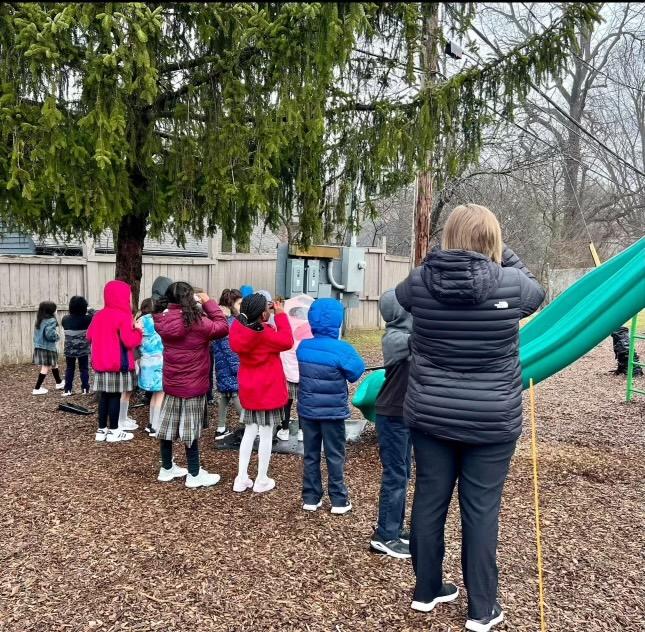 1st Graders Bird Watching!
1st Graders Bird Watching! 
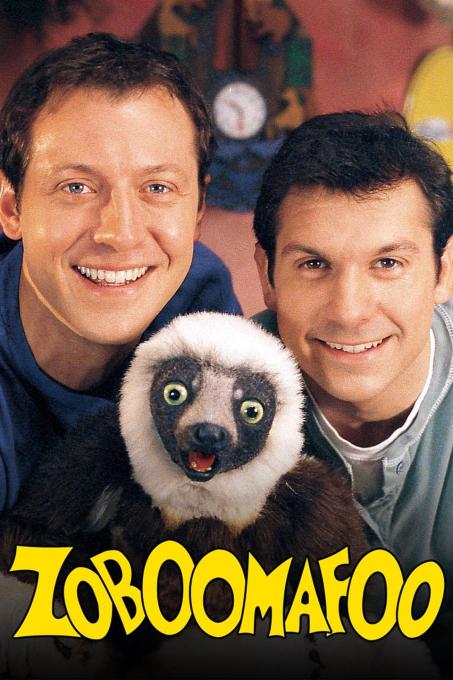
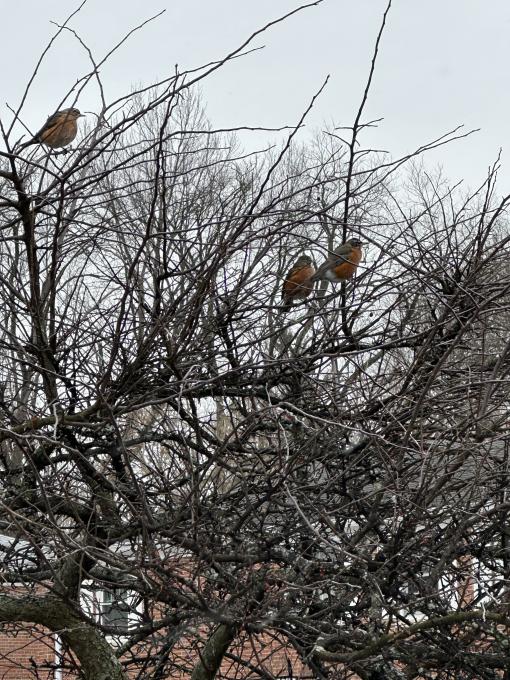 American Robins-Worthington, OH
American Robins-Worthington, OH 
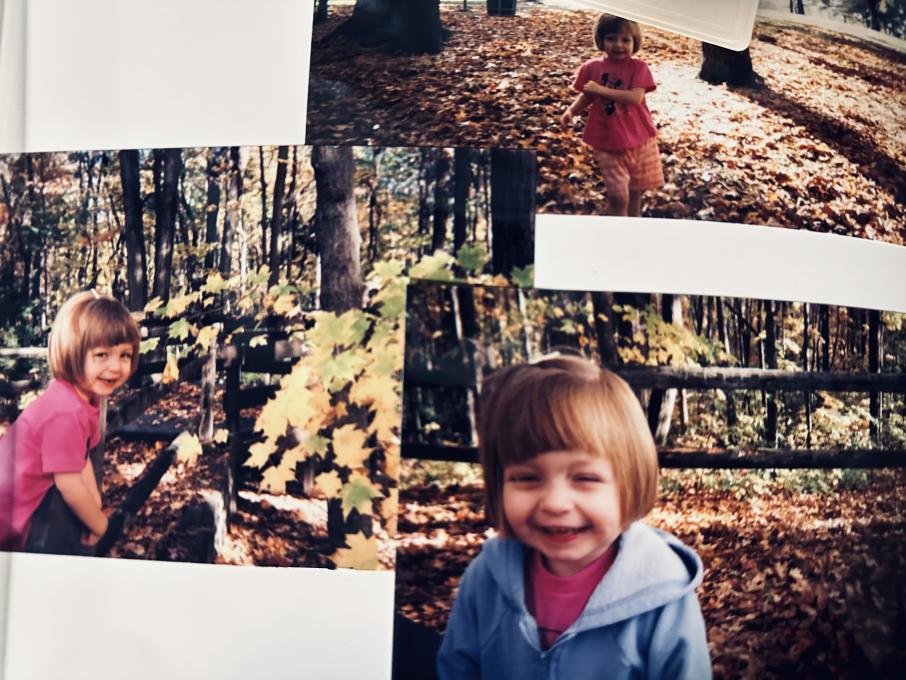
 Blendon Woods Metro Park (Columbus, Ohio)
Blendon Woods Metro Park (Columbus, Ohio) 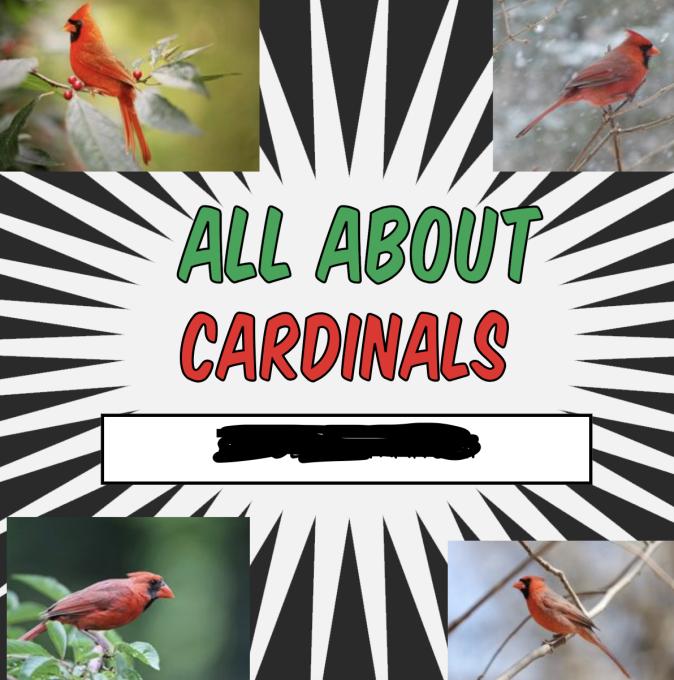 First Grade Digital Book on Northern Cardinals
First Grade Digital Book on Northern Cardinals 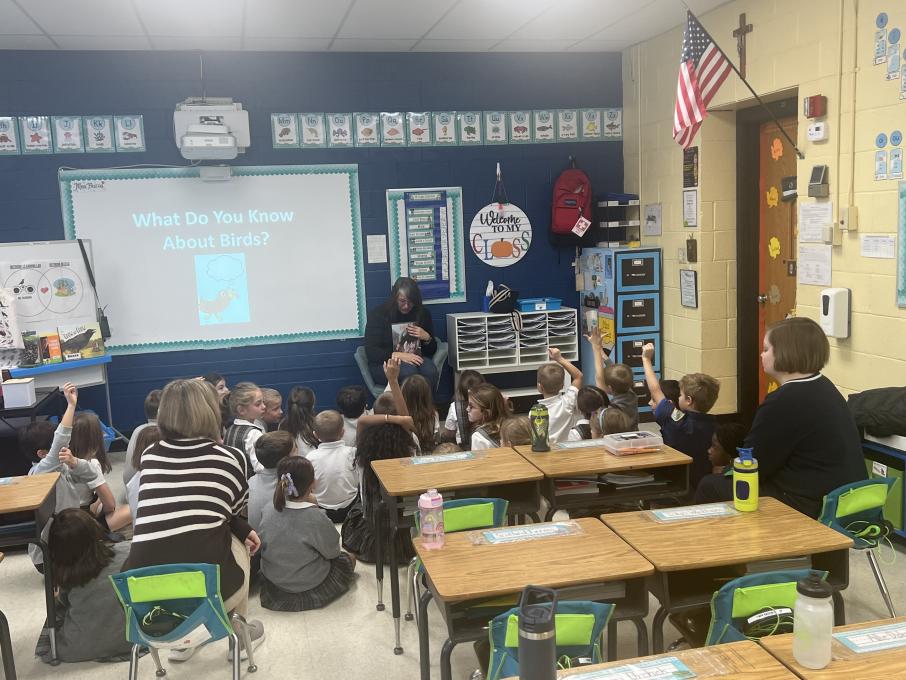 First Graders Learning All About Hawks!
First Graders Learning All About Hawks! 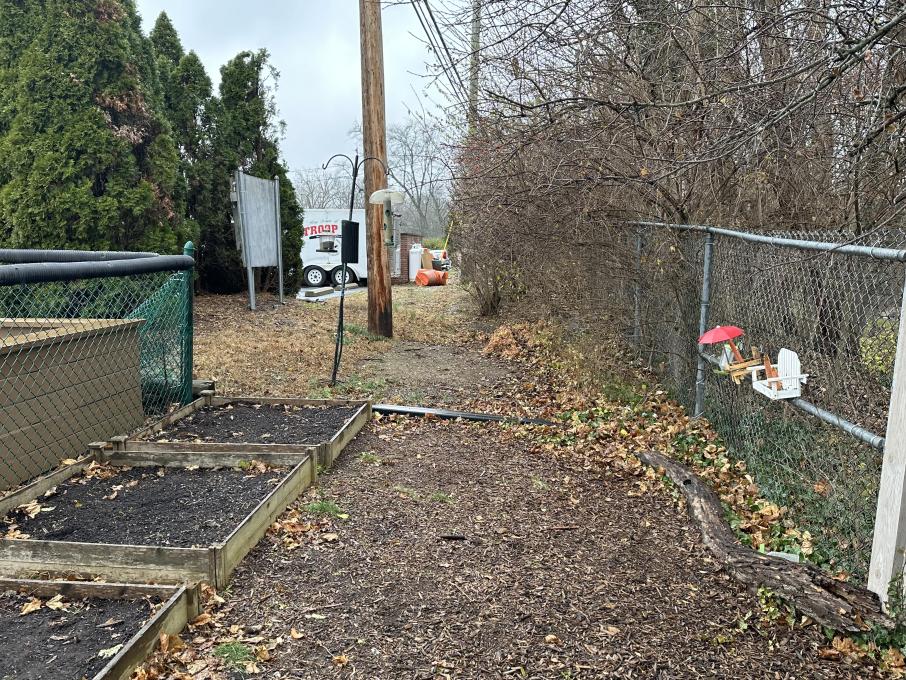 1st Grade School Garden & Feeders
1st Grade School Garden & Feeders 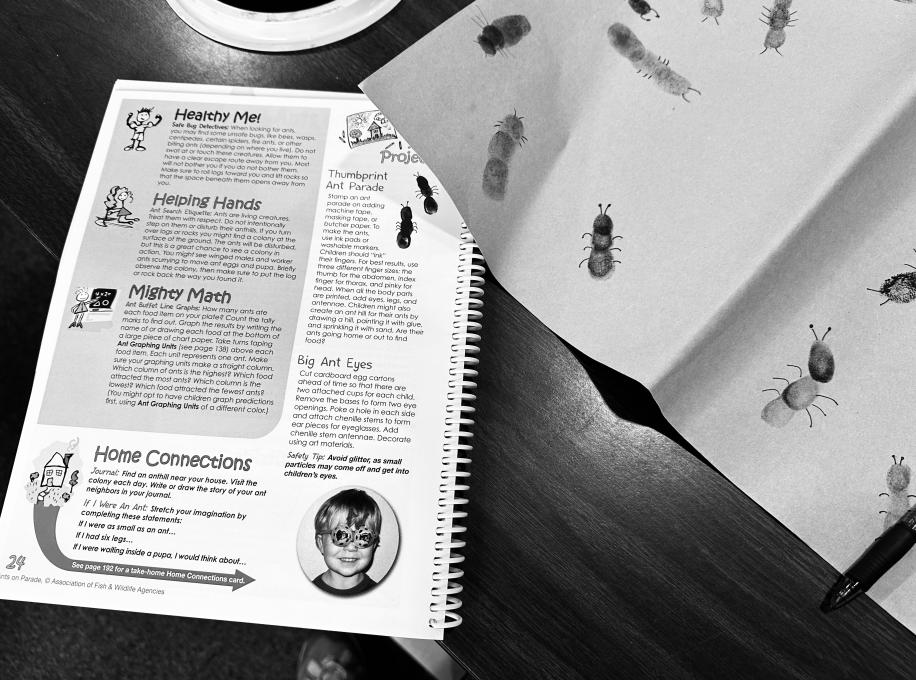 Project Wild Activity, Ant Thumbprints
Project Wild Activity, Ant Thumbprints 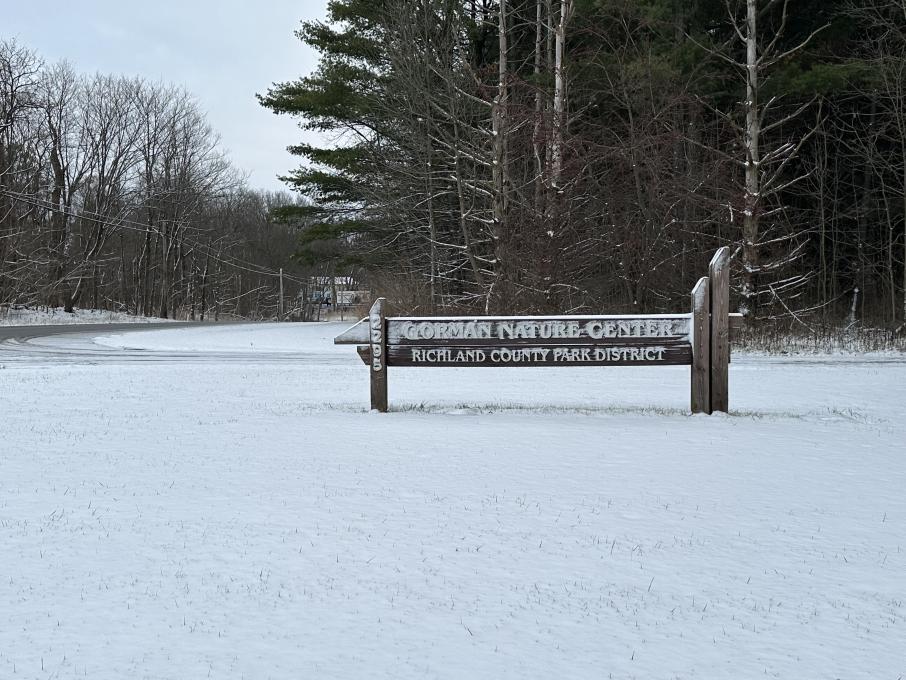 Gorman Nature Center, Mansfield, OH-12/19/23
Gorman Nature Center, Mansfield, OH-12/19/23  The most impactful thing when completing the sound map was how much I didn't realize all the sounds I was hearing. You initially think that only one or two sounds will be noticeable. When completing this activity with students, I would guide the students in completing a mental checklist (What do I hear? What do I smell? What do I taste? What do I see? What do I feel?). Lastly, I would also remind them to be patient!
The most impactful thing when completing the sound map was how much I didn't realize all the sounds I was hearing. You initially think that only one or two sounds will be noticeable. When completing this activity with students, I would guide the students in completing a mental checklist (What do I hear? What do I smell? What do I taste? What do I see? What do I feel?). Lastly, I would also remind them to be patient! 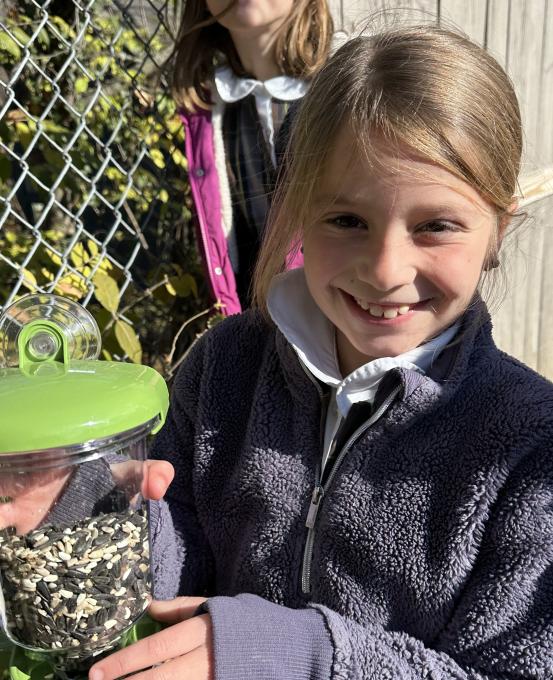 2nd Grader & Bird Feeder
2nd Grader & Bird Feeder 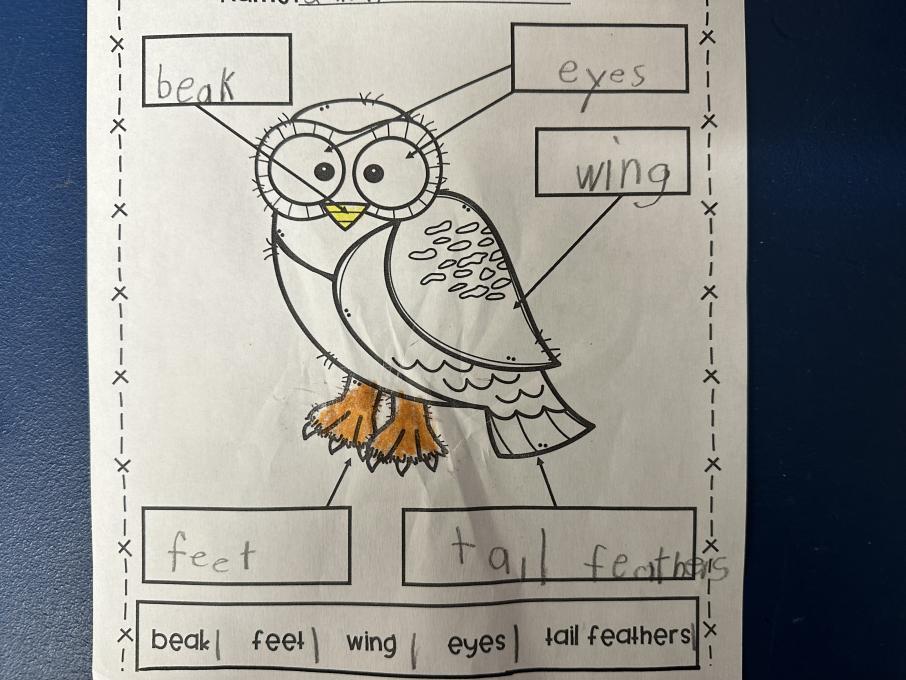 *First Grade Snowy Owl Diagram
*First Grade Snowy Owl Diagram 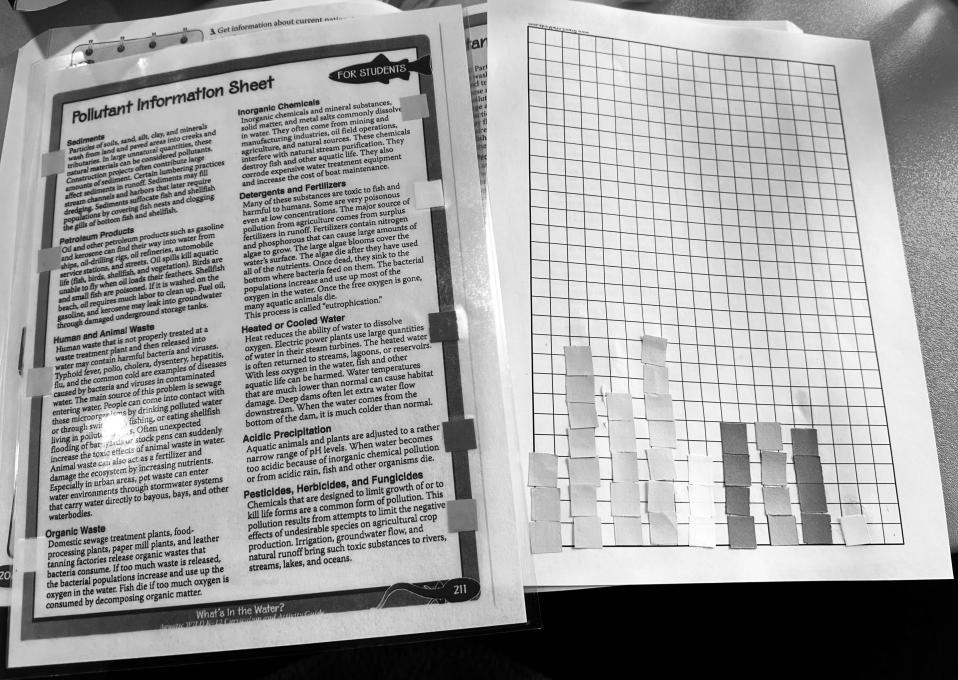 *Lesson From Project Aquatic
*Lesson From Project Aquatic 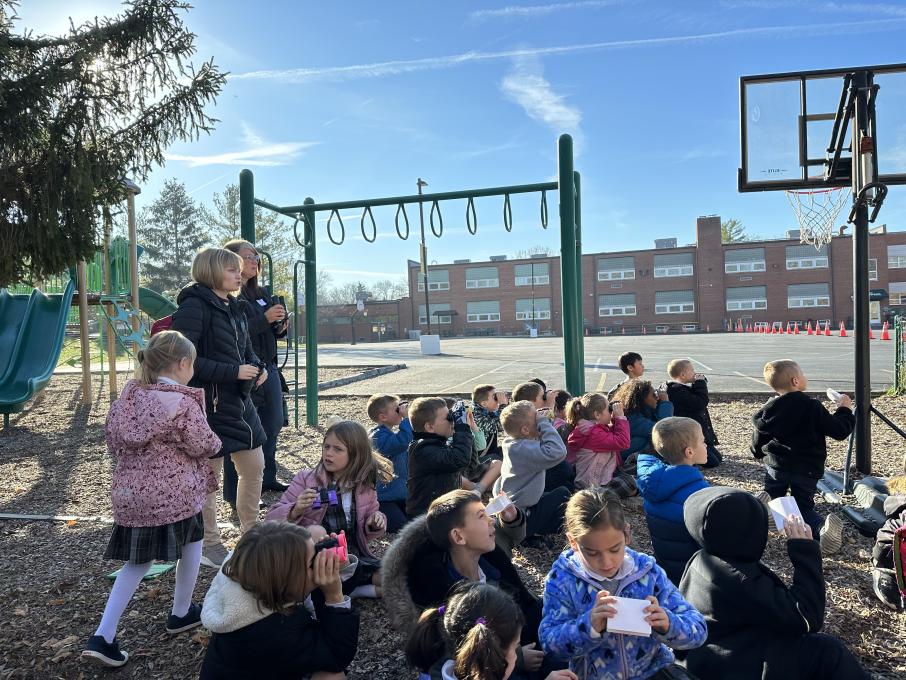 Miss Buzza's Class Conducting Observations For Project Feeder Watch
Miss Buzza's Class Conducting Observations For Project Feeder Watch 